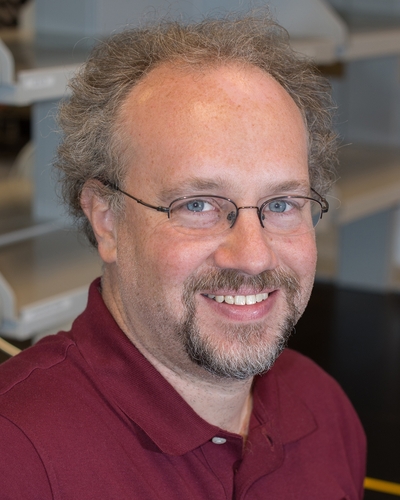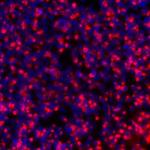
Timothy James Petros, Ph.D.
Senior Investigator
Section on Cellular and Molecular Neurodevelopment
NICHD/DIR
Research Topics
Proper brain function requires a balance between excitatory projection neurons and GABAergic inhibitory interneurons. Interneurons are an extremely heterogeneous cell population with distinct morphologies, connectivity, neurochemical markers and electrophysiological properties. Abnormal development and function of interneurons has been linked to the pathobiology of numerous brain diseases such as epilepsy, schizophrenia and autism. Many genes implicated in brain disorders are enriched in young interneurons, and thus I believe that a thorough description of the cellular and molecular mechanisms regulating this diverse cell population is necessary to understand both normal development and disease models.
My lab is focused on understanding the how intrinsic genetic programs and environmental signals interact to generate this incredible interneuron diversity. We take a multifaceted approach to this issue, utilizing both in vitro and in vivo approaches to identify candidate mechanisms that regulate interneuron fate decisions. We strive to develop cutting edge techniques that will overcome the many challenges with studying interneuron development. Our ultimate goal is to discover genetic cascades and signaling mechanisms that direct interneuron differentiation and maturation that will act as a springboard for future research.
Biography
Dr. Petros received his B.S. from Brown University, where he began his scientific endeavors in the laboratory of J. Michael Walker utilizing mass spectrometry to identify cannabinoid-like compounds and explore their role in the suppression of pain signaling. He obtained his Ph.D. from Columbia University working with Carol Mason where he investigated the guidance factors that regulate retinal ganglion cell projections in the mouse visual system, most notably the laterality decision at the optic chiasm. From there Dr. Petros moved onto Stewart Anderson’s laboratory at Weill Cornell Medical College and utilized both in vitro stem cell techniques and in vivo electroporations to explore the mechanisms that regulate interneuron differentiation. He continued these pursuits in Gord Fishell’s laboratory at New York University where he began to untangle the intrinsic genetic programs and extrinsic environmental factors that direct interneuron diversity and maturation. He joined the NIH/NICHD as an investigator in 2017 where he will continue with these studies for the foreseeable future.
Selected Publications
- Chakraborty S, Wenzlitschke N, Anderson MJ, Eraso A, Baudic M, Thompson JJ, Evans AA, Shatford-Adams LM, Chari R, Awasthi P, Dale RK, Lewandoski M, Petros TJ, Rocha PP. Deletion of a single CTCF motif at the boundary of a chromatin domain with three FGF genes disrupts gene expression and embryonic development. Dev Cell. 2025;60(13):1838-1853.e9.
- Rhodes CT, Asokumar D, Sohn M, Naskar S, Elisha L, Stevenson P, Lee DR, Zhang Y, Rocha PP, Dale RK, Lee S, Petros TJ. Loss of Ezh2 in the medial ganglionic eminence alters interneuron fate, cell morphology and gene expression profiles. Front Cell Neurosci. 2024;18:1334244.
- Chakraborty S, Kopitchinski N, Zuo Z, Eraso A, Awasthi P, Chari R, Mitra A, Tobias IC, Moorthy SD, Dale RK, Mitchell JA, Petros TJ, Rocha PP. Enhancer-promoter interactions can bypass CTCF-mediated boundaries and contribute to phenotypic robustness. Nat Genet. 2023;55(2):280-290.
- Rhodes CT, Thompson JJ, Mitra A, Asokumar D, Lee DR, Lee DJ, Zhang Y, Jason E, Dale RK, Rocha PP, Petros TJ. An epigenome atlas of neural progenitors within the embryonic mouse forebrain. Nat Commun. 2022;13(1):4196.
- Lee DR, Rhodes C, Mitra A, Zhang Y, Maric D, Dale RK, Petros TJ. Transcriptional heterogeneity of ventricular zone cells in the ganglionic eminences of the mouse forebrain. Elife. 2022;11.
Related Scientific Focus Areas



Molecular Biology and Biochemistry
View additional Principal Investigators in Molecular Biology and Biochemistry


This page was last updated on Monday, December 22, 2025